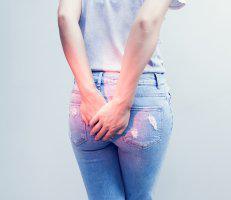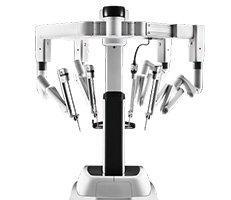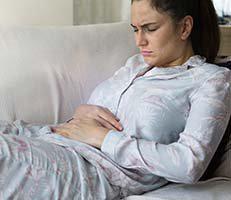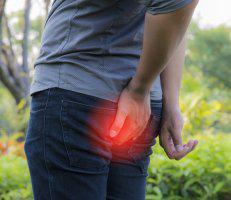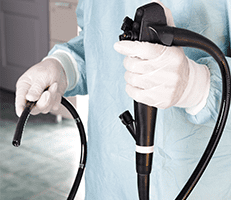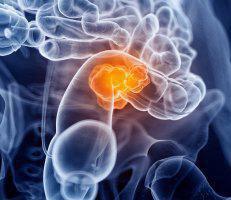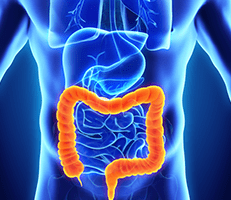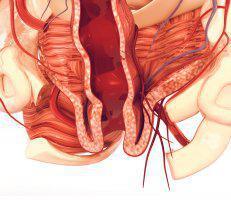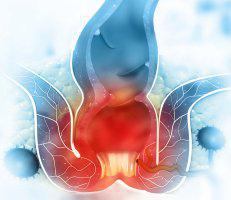Pilonidal Cyst Specialist
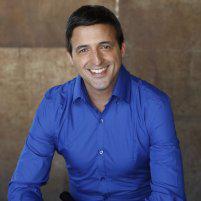
Yosef Y Nasseri, MD
Minimally Invasive and Robotic Colorectal Surgeon & Robotic Surgeon located in Los Angeles, CA
Pilonidal Cyst Q & A
What is a pilonidal cyst?
A pilonidal cyst is a lump that develops at the base of your tailbone on your lower back, right above your buttocks. In its early stages, you might mistake your pilonidal cyst for a large pimple. However, it can grow, become infected, and fill with pus to become a painful abscess.
Pilonidal cysts often start out as ingrown hairs, which are common in skin folds and areas with lots of friction. You’re at an especially high risk of getting a pilonidal cyst if you sit for long periods of time without moving, if you’re obese, or if you naturally sweat a lot in that region.
What are the symptoms of a pilonidal cyst?
Pilonidal cysts often start out symptomless. You might feel a small bump, but nothing more. If the cyst gets infected, you’ll notice more severe symptoms. They may include:
- Pain
- Skin redness and warmth
- Pus drainage
- Blood drainage
- A foul smell from the drainage
- Fever
You should book an appointment with Dr. Nasseri right away if you have any of these symptoms. He can evaluate your cyst, find a treatment, and help stop them from recurring.
How are pilonidal cysts treated?
Dr. Nasseri is an expert in the region in the treatment of pilonidal cysts. He has perfected a cutting-edge flap-based outpatient treatment technique to relieve their symptoms and minimize their chances of redeveloping.
When you come to Dr. Nasseri for treatment, he numbs your cyst and the area around it before making a small incision. He drains the cyst through the incision before closing the wound. He performs the procedure on an outpatient basis so you can go straight home to recover. Then, he gives you specific instructions to care for the wound.
How can I prevent pilonidal cysts?
If you’ve had a pilonidal cyst, chances are you’d like to prevent yourself from getting another one in the future. To prevent new pilonidal cysts from forming, Dr. Nasseri may recommend:
- Practicing good hygiene
- Losing weight
- Getting more exercise
- Avoiding long periods of sitting
- Removing the hair in the region
You can’t always prevent a pilonidal cyst, but following these steps can reduce your chances of getting one.
If you suspect that you have a pilonidal cyst, call Yosef Nasseri, MD, for quality care or request your appointment online today.

